Fish represent the most abundant, oldest, and most diverse group among vertebrates. Due to the wide variety of species, their life cycles exhibit numerous variations. In this article, we summarize the different stages and reproductive strategies within the fish life cycle, helping you understand the fascinating growth and reproduction processes of fish.
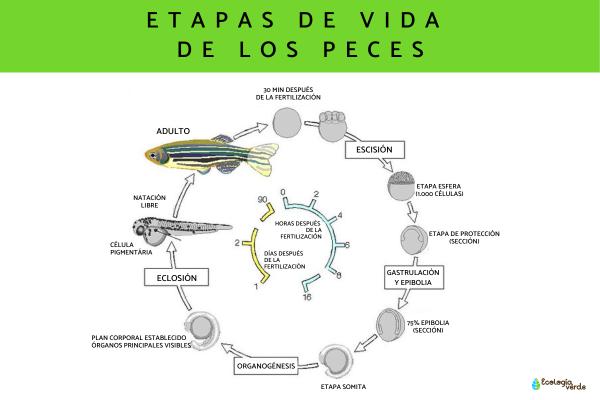
Overview of the Fish Life Cycle
Adult Fish: Reproductive Modes and Sexual Dimorphism
Egg Stage
Larval Stage
Juvenile Stage
Adult Stage
Adult fish can have separate sexes, known as gonochorism, with distinct males and females. However, some species are hermaphroditic, possessing both male and female reproductive organs simultaneously or sequentially.
Reproductive behaviors vary widely among species and generally fall into:
Promiscuity: Both males and females have multiple partners; no parental care; massive spawning events.
Polygamy: One individual mates with several partners of the opposite sex.
Monogamy: One male mates with one female, sometimes with parental care.
Fertilization types in fish include:
Oral fertilization: Eggs are laid on a substrate and then fertilized; the female may collect them in her mouth.
Internal fertilization: The male inserts sperm inside the female via a copulatory organ.
External fertilization (most common): Males and females release sperm and eggs into the water, where fertilization occurs.
Embryonic development can be:
Viviparous: Fertilization is internal; young develop inside the mother and are born live.
Oviparous: Fertilization is external; eggs are laid and hatch outside the mother.
Ovoviviparous: Fertilization is internal; eggs develop inside the mother and hatch internally before birth.
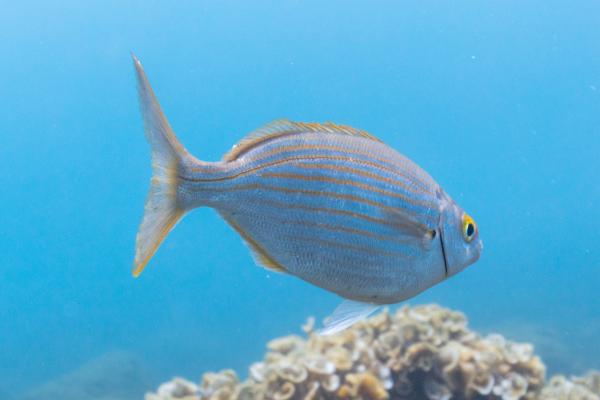
In species with external fertilization, eggs are deposited either in the water column, on substrates, bubble nests, or on land surfaces like plants or rocks. Benthic fish eggs stick to surfaces and are generally larger and non-floating, while pelagic fish eggs are small, buoyant, and drift with currents.
Parental care occurs in about 30% of fish families, more common in freshwater species, involving egg incubation and protection against predators. Care may be provided by one or both parents, with male-only care being the most frequent.
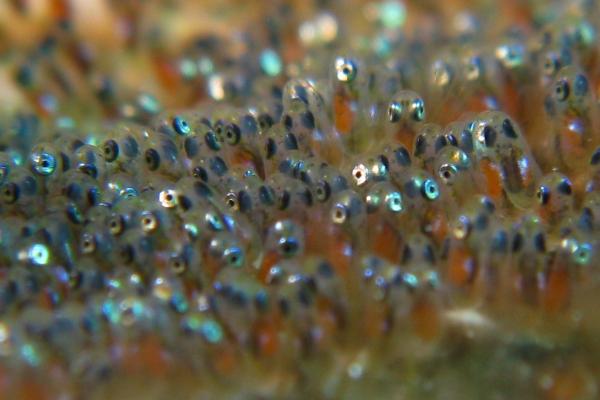
After hatching, fish enter the larval stage, typically measuring around 1 millimeter and are very vulnerable. They sustain themselves on yolk sac reserves and face high mortality rates due to predation, currents, and lack of food. Larvae and eggs account for approximately 99% of mortality in the fish life cycle.
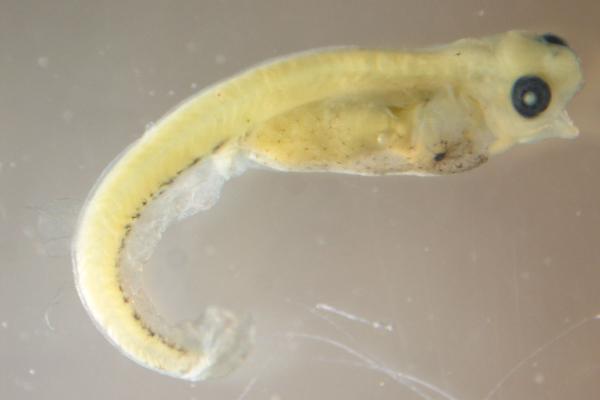
Surviving larvae grow into juveniles, with partially developed fins and intermediate characteristics between larvae and adults. Juveniles often shelter among aquatic plants, corals, or algae while learning to navigate their environment.
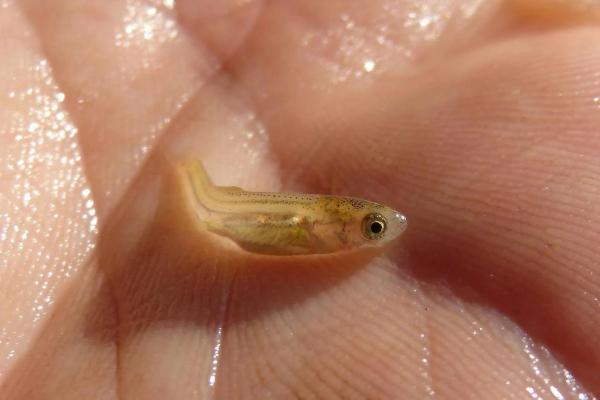
In species with internal fertilization, young may bypass egg and larval stages and emerge as juveniles. Adult fish are fully formed, sexually mature, and capable of reproduction.
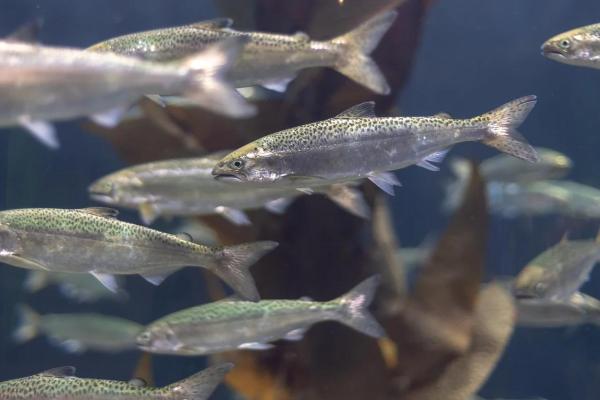
Understanding the complex life cycle of fish is essential for conservation, fisheries management, and ecological studies.
For more detailed information, explore other articles in our Wildlife category.
Bibliography
Vásquez-Yeomans, L., Leyva-Cruz, E., & Valdez-Moreno, M. (2017). Eggs and larvae in the life cycle of fish. ECOfronteras, 17-18.
Laboratory of Conservation Biology, Faculty of Sciences; ENES Mérida, Autonomous University of Mexico (n.d.). Biological oceanography: nekton. Available at: http://www.biocon.unam.mx/docencia/oceanografia-biologica/necton.pdf
animal tags:
We created this article in conjunction with AI technology, then made sure it was fact-checked and edited by a Animals Top editor.